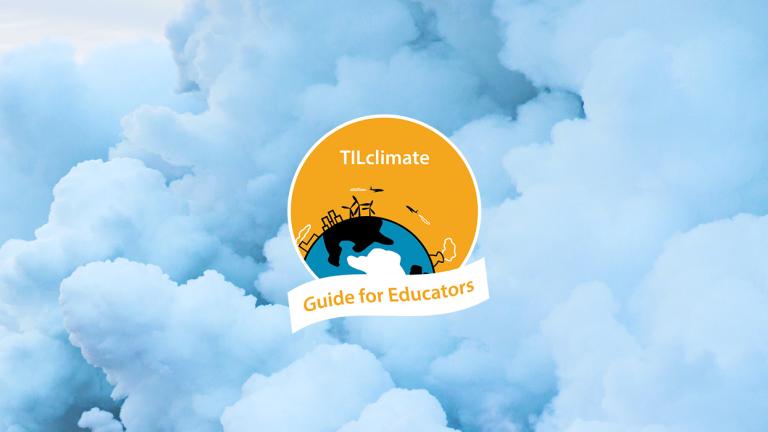
This Guide for Educators was developed by the MIT Environmental Solutions Initiative as an extension of our TILclimate (Today I Learned: Climate) podcast, to make it easier for you to teach climate change, earth science, and energy topics in the classroom. It is an extension of the TILclimate episode "TIL about hydrogen energy."
Browse all TILclimate guides for educators.
Description
Hydrogen has the potential to replace fossil fuels in many sectors of the economy. Students learn about how (and where) hydrogen can be produced from renewable energy, how batteries and fuel cells work, and where hydrogen could replace fossil fuels. They are challenged to explain batteries and fuel cells to another audience.
Download the Guide as a PDF
SWBAT:
- Compare and contrast a battery and a fuel cell.
- Describe how hydrogen is generated.
- Understand how and where hydrogen might be able to replace fossil fuels.
Skills:
- Comparing and contrasting
- Communication
- Map-reading
- Graph reading
Standards:
-
HS-ETS1-3 Evaluate a solution to a complex real-world problem based on prioritized criteria and trade-offs.
-
HS-PS2-6 Communicate scientific and technical information about why the molecular-level structure is important in the functioning of designed materials.
-
RST.11-12.9 Synthesize information from a range of sources into a coherent understanding of a process, phenomenon, or concept.
-
HSS-IC.B.6 Evaluate reports based on data.
Disciplinary core ideas:
-
ESS3.A Natural Resources
-
ESS3.D Global Climate Change
-
ETS1.B Developing Possible Solutions
What is included in this Educator Guide
- How to use TILclimate Educator Guides (Download)
- Full Educator Guide (Download)
- Includes both Teacher and Student pages
- Includes both Teacher and Student pages
- Teacher pages (Download)
- Includes materials, discussion questions, background resources, and adaptation suggestions for science, social science, and ELA teachers
- Includes materials, discussion questions, background resources, and adaptation suggestions for science, social science, and ELA teachers
- Student pages (Download)
- Carbon Dioxide in Water Demonstration
- Ocean Acidification Modeling and Communication
- The Climate's Heart: Visualization of Ocean Currents
- Argo Floats Research Design Challenge
- Ocean Literacy Principles Communication Challenge
Listen to the episode
Browse all TILclimate guides for educators


